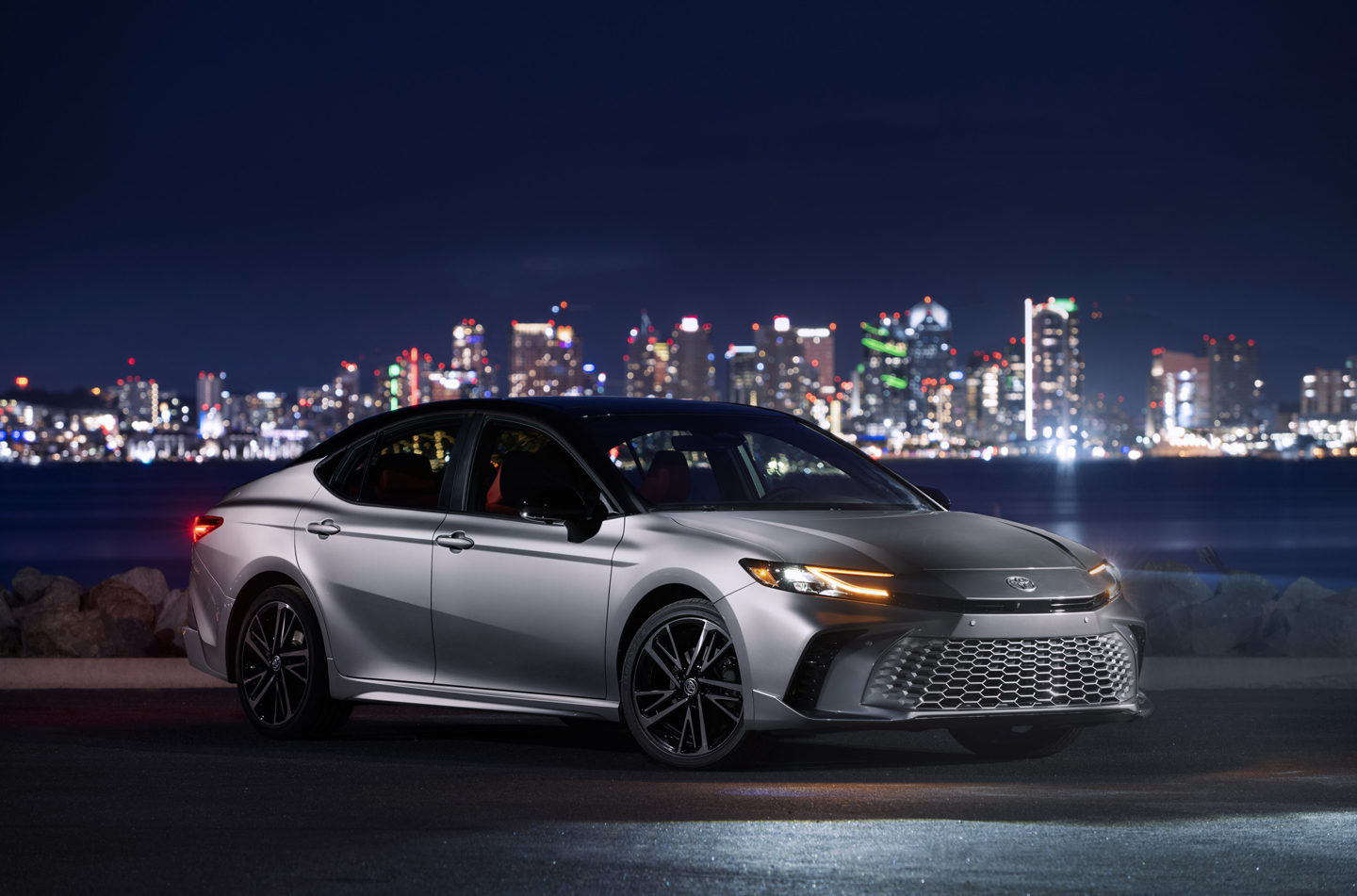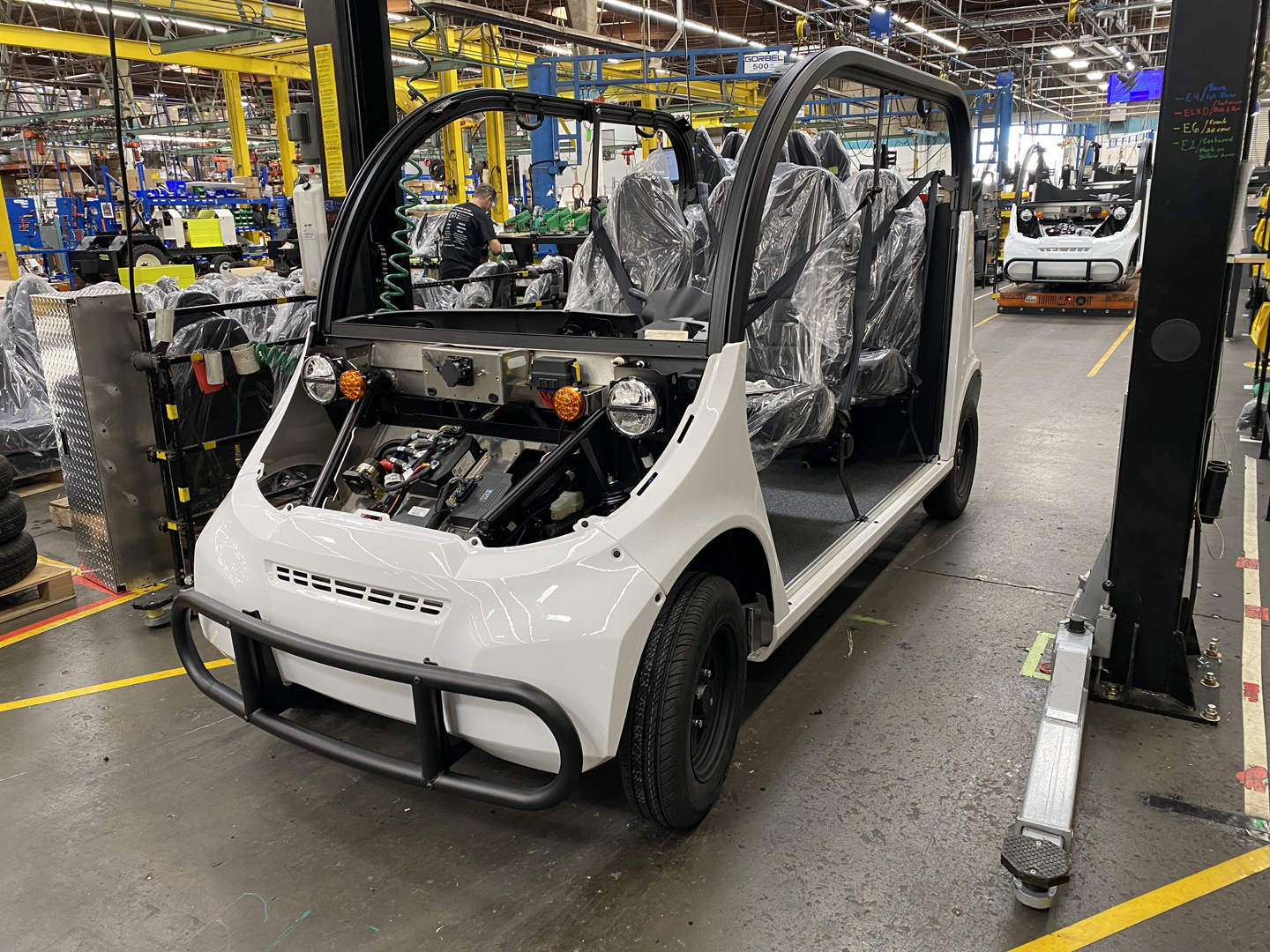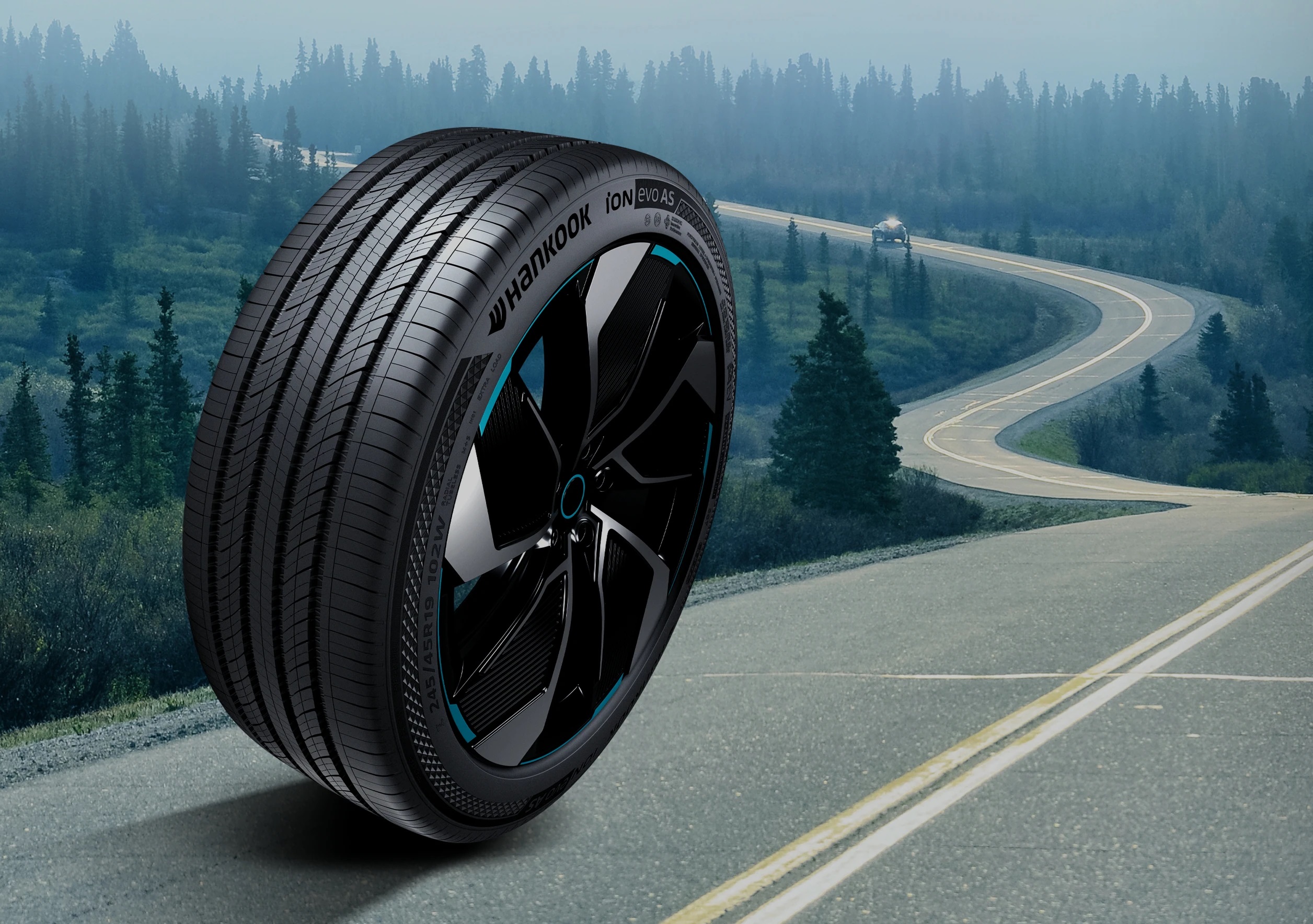It’s here: America’s first production plug-in hydrogen fuel cell electric vehicle. It’s called the Honda CR-V e:FCEV. It combines an all-new U.S.-made fuel cell system with plug-in charging capability. The result is the ability to deliver all-electric driving around town and quick hydrogen refueling for longer trips.
All-Electric Range of 29 Miles and an Overall Driving Range of 270 Miles
The 2025 Honda CR-V e:FCEV is oozing with impressive engineering. Complementing the Honda Fuel Cell Module is the front-mounted electric motor. It delivers a peak 174 hp and peak torque of 229 lb-ft. The vehicle’s battery has a capacity of 17.7 kWh. On the topic of fuel efficiency, the CR-V e:FCEV attains impressive MPGe ratings of 61 in the city, 52 on the highway, and a combined rating of 57. Furthermore, the CUV boasts an all-electric range of 29 miles and an overall driving range of 270 miles. Operating on compressed hydrogen gas, the CR-V e:FCEV’s fuel system has a tank pressure of 10,000 psi. The fuel tank’s capacity is 4.3 kg.
110-Volt Power Outlet to Power Small Home Appliances
The CR-V e:FCEV comes equipped with standard features that include HondaLink, offering expanded capabilities such as providing information about hydrogen stations, charging details, and power supply data. Additionally, the CR-V e:FCEV is equipped with the Honda Power Supply Connector, which utilizes a 110-volt power outlet. This connector can deliver up to 1,500 watts of power, transforming the CR-V e:FCEV into a clean power source. This capability allows it to efficiently run various small home appliances, portable air conditioners, power tools, camping equipment, and more.
Honda Fuel Cell Module Developed in Collaboration with General Motors
The five-passenger CUV represents a milestone as the inaugural implementation of the second-generation Honda Fuel Cell Module. It’s produced at Fuel Cell System Manufacturing, LLC (FCSM) in Michigan. This iteration boasts enhanced durability, heightened efficiency, increased refinement, and a reduced cost compared to Honda’s previous generation fuel cell system. It’s developed in collaboration with General Motors. This collaboration aims to slash costs by two-thirds in comparison to the fuel cell system utilized in the Honda Clarity Fuel Cell. This substantial cost reduction is attributed to various measures, such as the incorporation of innovative materials for electrodes. Also, advancements in cell sealing structure, simplification of supporting equipment, and improvements in productivity. Additionally, the system’s durability has doubled through the implementation of corrosion-resistant materials and controlled suppression of deterioration. Simultaneously, there has been a significant enhancement in low-temperature performance.
Enhanced Body Structure
Honda engineers have enhanced the CR-V e:FCEV structure and suspension. The goal: provide a sporty driving experience and top-tier refinement. This aligns with the performance standards set by other CR-V models. In comparison to CR-V turbo and hybrid models, the CR-V e:FCEV exhibits a 10 percent increase in rear lateral rigidity and a notable 9 percent improvement in rear torsional rigidity. Moreover, the MacPherson strut front suspension and multilink rear suspension have undergone comprehensive retuning. This involved the use of specific springs, amplitude-sensitive dampers, and stabilizer bars for both front and rear sections. This tuning aims to optimize responsiveness while ensuring a consistently smooth ride.
100 Percent Zero-Emission Autos by 2040
“Leveraging Honda fuel cell technology expertise continues to play a critical role in our global goal to achieve carbon neutrality for all products and corporate activities by 2050,” said Mamadou Diallo, senior vice president of Auto Sales, American Honda Motor Co. “Honda has laid out an electrification strategy leading to 100 percent zero-emission automobile sales by 2040, including the introduction of both battery-electric and fuel cell electric vehicles like this new CR-V e:FCEV model.”
Available for Lease in California
There’s a catch. The 2025 Honda CR-V e:FCEV will only be available via lease. Also, those lease plans will only be available in California. This makes sense, because the U.S. Department of Energy Alternative Fuels Data Center shows that California is the leader in hydrogen fueling stations.



















